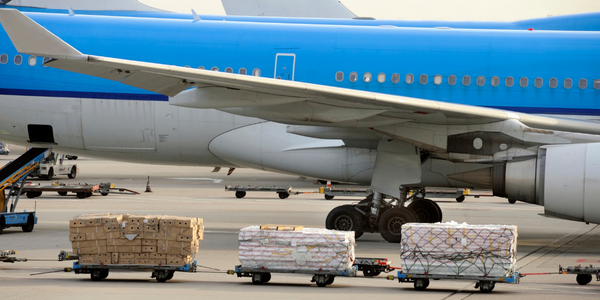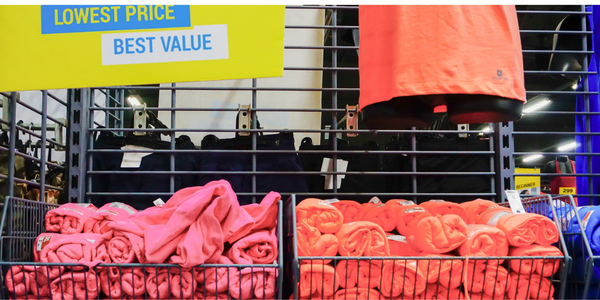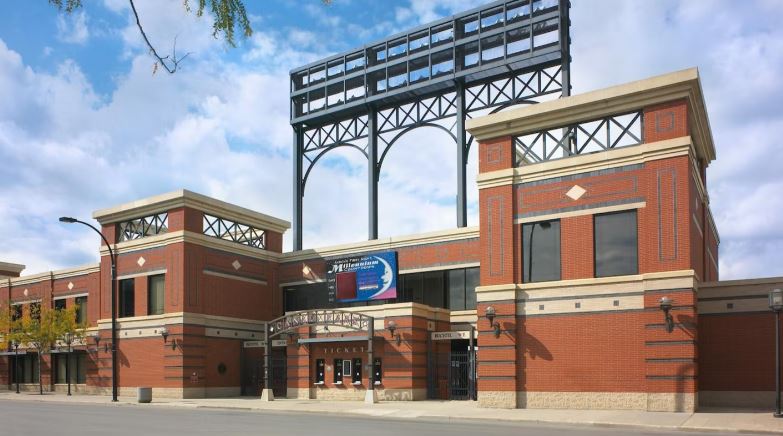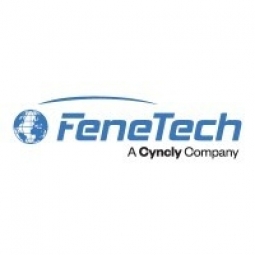Technology Category
- Functional Applications - Enterprise Resource Planning Systems (ERP)
- Functional Applications - Inventory Management Systems
Applicable Industries
- Glass
Applicable Functions
- Warehouse & Inventory Management
Use Cases
- Demand Planning & Forecasting
- Inventory Management
Services
- System Integration
About The Customer
General Glass is a glass fabrication company based in southeast Portland, Oregon. The company was taken over by Al and Beverly Gauntlet in 1969 and later sold to Bakken Industries in 2002. Since then, the company has expanded its product offerings and capabilities, adding tempering, CNC fabrication, horizontal beveling and polishing machines, and custom laminated glass to its repertoire. Under the leadership of President Greg Bakken, the company has experienced exponential growth, expanding from a six-person shop in 2002 to a 20-person shop in 2010. The company markets its products throughout the Pacific Northwest and beyond.
The Challenge
General Glass, a company based in southeast Portland, Oregon, has been in operation since 1969. The company started as a shower door and bathroom fixture company and later expanded into the world of IG production. After being sold to Bakken Industries in 2002, the company continued to expand its product offerings throughout the Pacific Northwest and beyond. Under the leadership of President Greg Bakken, the company experienced exponential growth, expanding from a six-person shop in 2002 to a 20-person shop in 2010. However, this rapid growth led to the company outgrowing its first and second ERP systems. CFO Greg Elliott and CEO Kristy Hackworth realized that they needed a more comprehensive ERP system to increase efficiency and see a return on their investment in a relatively short time.
The Solution
After visiting several successfully-run glass fabrication facilities throughout the country, Elliott and Hackworth decided to implement FeneVision as their ERP solution. They were impressed by the comprehensive nature of the system and the potential for increased efficiency. The implementation team worked remotely during the pandemic to get the system up and running. Since going live, the company has experienced very few urgent issues with the software and found FeneTech’s Support team to be reliable. The FeneVision system has provided General Glass with real-time visibility into each phase of production. The FeneVision Capacity Planning feature has made a significant difference in how the company does business, providing visibility and enabling seamless inventory management. The system also integrates with accounting and makes order entry intuitive.
Operational Impact
Quantitative Benefit

Case Study missing?
Start adding your own!
Register with your work email and create a new case study profile for your business.
Related Case Studies.
.png)
Case Study
Discrete Manufacturing Industries (Fiberglass Pipe)
The implementation of ERP software in a Discrete Manufacturing organization needs to be strategic, irrespective of its size and capacity. The client had already implemented an ERP system which fulfilled their requirements but was not efficient enough. Efficiency here meant Synchronized Planning, Updating and Multisite Planning. Planning at client’s place was done outside the ERP system. Lack of proper synchronization to the ERP system paved way to huge delays in the changes getting updated in the system. These delays caused disruption in achieving delivery schedules. Multisite Planning is a solution to an organization which has multiple production units (may or may not be geographically separated) and thus needs planning across these units to synchronize production activities within them. The client also has multiple factories and hence Production Planning control is very essential in their case. Since Multisite planning was not possible with Baan ERP system, this was another bottleneck for the client.

Case Study
Asia Airfreight Terminal Enhances Operational Efficiency with CommScope's RUCKUS Solutions
Asia Airfreight Terminal (AAT), a leading cargo handling company based out of Hong Kong International Airport, was facing challenges with its Wi-Fi network, which was critical for the functioning of its automated Material Handling System (MHS) within the warehouse. Any interference or lost signals could directly impact their operational efficiency. AAT also had separate networks for their office and CCTV cameras, which made the job of their data center challenging. The company was in search of a Wi-Fi network configuration that could streamline their networks and reduce its network management workload. AAT was already running on equipment from a competing vendor, and the new solution needed to prove its worth in scalability and reliability.

Case Study
Halvor Lines Enhances Driver Safety with Netradyne Driveri®
Halvor Lines, a trucking company with a strong commitment to driver safety, was facing the challenge of protecting their drivers and the company from false claims in an increasingly litigious environment. The company was in search of a video and vision-based recognition safety program that could align with their existing driver safety and recognition strategies. They wanted a solution that would not only strengthen their industry-leading initiatives but also be driver-friendly, helping to develop driver skills and enhance positive safety habits. The solution needed to provide significant value without requiring the inside lens of the truck to be turned on, a feature that could potentially alienate drivers.

Case Study
High Density Stacking Capability Enhances Productivity in 3D Part Production at Decathlon
Decathlon, the world’s largest sporting goods retailer, was faced with a mold injection problem on a small component for shooting glasses that connects the frame to the lenses. The company was seeking a solution that would avoid the expense of tooling and increase efficiency in production. They decided to test the new 3D stacking solution developed by 3D Systems to evaluate additive manufacturing for production. After conducting a feasibility study on the Figure 4 solution and stacking feature, Decathlon’s teams confirmed the productivity and economics of additive manufacturing and decided that this solution could be considered for batch-run production of the final product.

Case Study
Akron Energy Systems: Enhancing Efficiency and Customer Service with IoT
Akron Energy Systems (AES) is a community energy system operator in Akron, Ohio. They facilitate the transition from on-site energy production to community energy systems, thereby reducing building owners’ total cost of ownership by taking over building system upkeep and maintenance. However, AES was facing challenges with the existing control solutions at customer locations, which often required them to make site visits to diagnose and correct system issues. This was not only time-consuming but also inefficient. To improve customer service and streamline their internal processes, AES needed a control solution that could provide remote access, analytics, and alert capabilities under a single pane of glass. This would enable them to diagnose customer problems quickly without the need for site visits and provide their customers with powerful portfolio-wide insight.

Case Study
Ubisoft’s Operational Efficiency and Innovation Boosted by Rancher Prime
Ubisoft, a global gaming company, was facing challenges in managing its complex hybrid cloud and on-premises architecture. The company had adopted Kubernetes for its strategic solution set, but the lack of a formal orchestration strategy led to cluster sprawl. Different teams were working in various environments, including AWS ECS and Docker Swarm, leading to an unmanageable growth of the estate. The company needed a solution that would provide a unified and consistent development methodology, automate basic deployment processes, and manage the entire Kubernetes estate through a single pane of glass. Additionally, Ubisoft wanted to optimize workflows, save time, and allow developers the freedom to develop in their own way.







